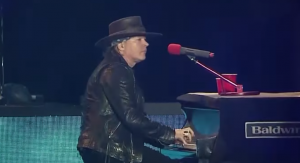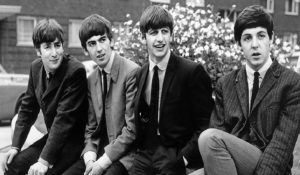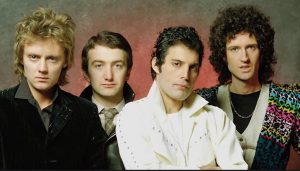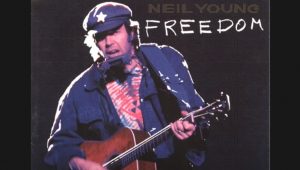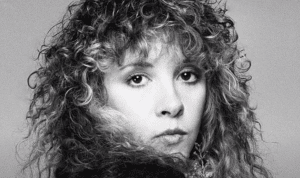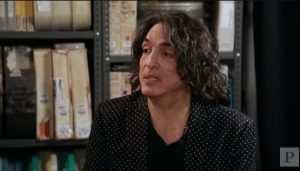How Does John Lennon’s “Now And Then” Demo Compares To The Final Track
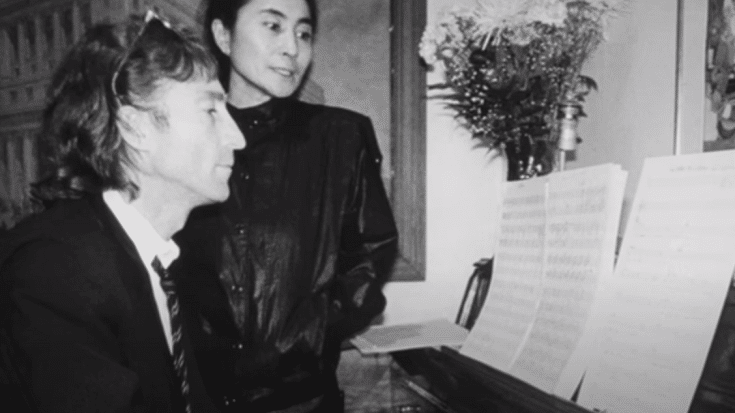
via David Bennett Piano / Youtube
The transformation of John Lennon’s 1970s demo into the final release of “Now and Then” reveals the intricate dynamics of collaborative music creation. Lennon’s original demo, though incomplete, served as a creative springboard for the remaining Beatles.
Perhaps the biggest change was the omission of a whole section from the demo, as a fresh segment was introduced in the final version. And this isn’t just the major change Lennon’s former bandmates did to preserve the late Beatle’s legacy.
This exploration dives deep into the decision-making process behind these changes, shedding light on the artistic liberties taken by Paul McCartney, Ringo Starr, and the collaborative team behind them, with of course a little help from artificial intelligence, in shaping the poignant swan song of The Beatles.
The creative liberties taken by the remaining Beatles prompt reflection on the delicate balance between preserving the essence of the original and infusing new life into it. By examining these changes, we gain insight into the innovative choices that defined the evolution of “Now and Then”.
Reshaping the emotional landscape through tempo and tone
A noticeable departure from the original demo lies in the tempo adjustment present in the final version of “Now and Then.”
The deliberate increase from 80 BPM in the demo to 88 BPM in the released version imparts a more brisk and dynamic quality. While this change contributes to a livelier atmosphere, there are potential implications on the song’s emotional resonance.
Did the shift in tempo serve to lift the mood and prevent the song from veering into melancholy territory? The examination of this tempo alteration provides a nuanced understanding of the tonal choices made in crafting the final chapter of The Beatles’ musical legacy.
Lyric adaptations by filling the gaps
In the intricate tapestry of Lennon’s original lyrics, certain moments in the demo presented challenges. Whether due to a trailing off of lyrics or unintelligible vocalizations, the surviving Beatles navigated these gaps creatively.
An example is in the first verse where Lennon says and just sort of trails, “Well, we will know for sure / That I will…” McCartney cleverly chimes in to complete the line “That I will love you”, making the song more wistful.
Macca’s insertion of the lyric becomes a poignant intervention, seamlessly integrating with Lennon’s original expression.
Structural changes from verse to chorus
Beyond lyrical adaptations, structural changes mark a significant evolution between the demo and the final version of “Now and Then”.
The decision to forgo the pre-chorus in E major, present in John’s original demo, in favor of a direct transition from verse to chorus begs for introspection.
It would be great to extract an answer from Paul and Ringo about the artistic considerations that led to this modification, as it completely alters the flow and coherence within the song’s structure. Nonetheless, it was still a great win.
A finale fit for The Beatles
While the absence of more experimental elements, such as classic Beatles brass or sitar, “Now and Then” succeeds as a touching tribute to John Lennon and George Harrison.
The inclusion of snippets from pre-existing Beatles songs, notably the strategic use of backing vocals from “Because,” adds an extra layer of nostalgia and innovation to the final composition.
“Now and Then” is a fitting endpoint of a discography renowned for innovation, an extensive and fabled catalog that starts with the most primitive of recording techniques and ends with the unlikely lending hand from artificial intelligence.




